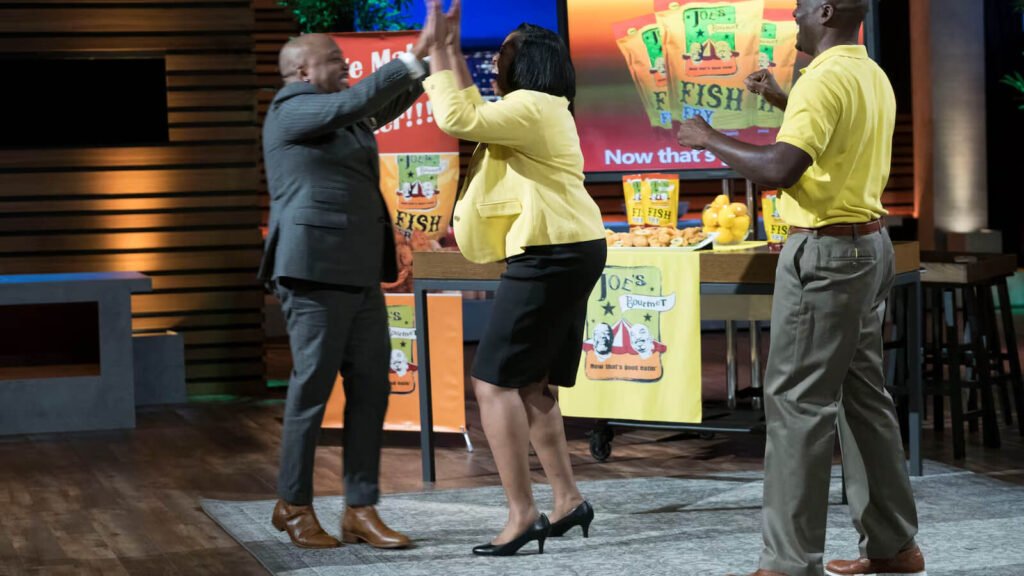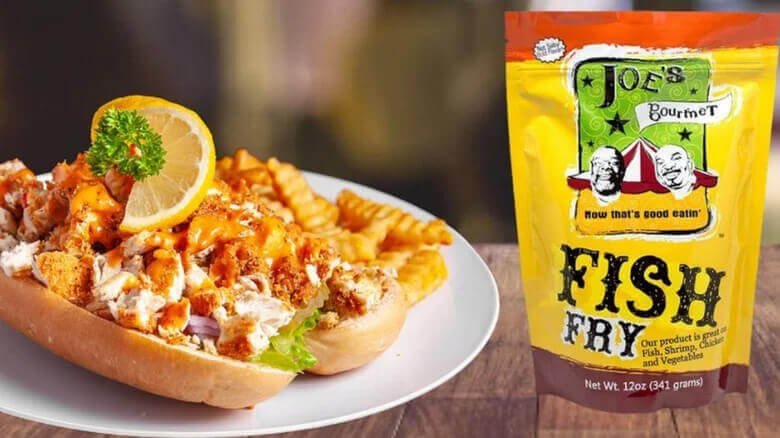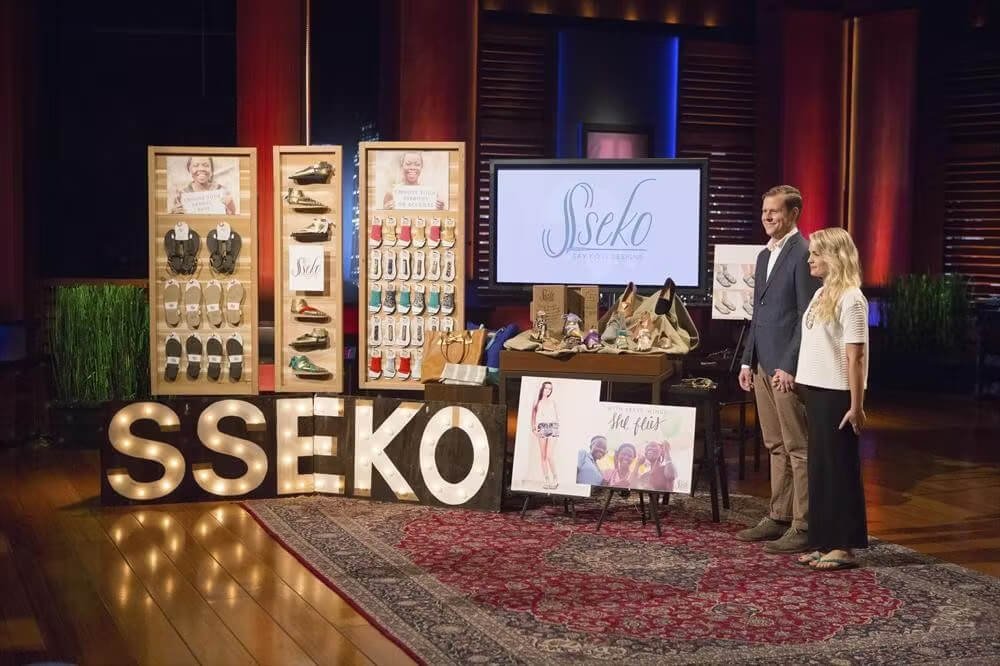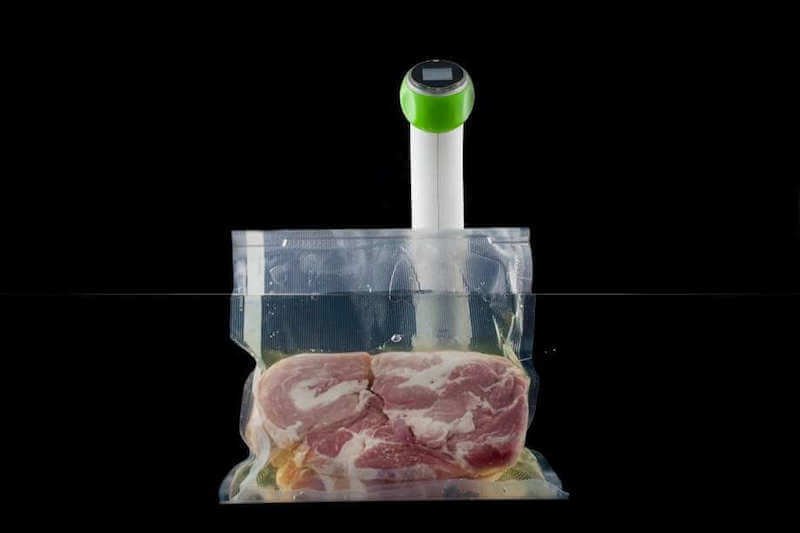Let’s bust a big Shark Tank myth right away: Just because you shake hands with a Shark on TV doesn’t mean you’re cashing checks the next day. Ask Joe and Maranda Dowell—they pitched Joe’s Gourmet Fish Fry in the Tank, got a game-changing deal with Daymond John… and then? Business changed, but not in the way most fans expect. So if you want the gritty details—real numbers, the deal fallout, and how this humble fry mix turned into a multimillion-dollar franchise—strap in. There’s more hustle here than any slick edit could show.
Contents
ToggleFounders Behind the Flavor
If you’re picturing corporate food giants, forget it. Joe and Maranda Dowell—husband and wife, full-on operators—built Joe’s Gourmet Fish Fry out of real kitchen grind, not splashy VC money. Joe Jr. started out hustling fish fries at community events, with his father, Joe Sr., who poured time and sweat into proving you could offer Southern comfort food with clean, simple ingredients.
But let’s be straight: the real muscle was the mindset. Maranda brought that relentless focus—counting every dollar, pivoting fast, and never letting no stop her. Family-driven brands often have extra fight. Joe’s Gourmet Fish Fry didn’t just push a product—they sold a story, a family, and a flavor you remember. That’s what got people (and sharks) leaning in.

What Happened in the Tank?
Season 9, Episode 8—Joe and Maranda stepped out with bags of their seasoned breading mix, asking for $150,000 in exchange for 15% equity. Classic Shark Tank setup: frying up shrimp, chicken, scallops, and zucchini for the judges to try. If you know Shark Tank, you know food demos usually go two ways—this was the former. The Sharks were instantly hooked on taste and the crazy crispy texture.
But let’s talk numbers, because that’s where most pitches die. Each bag cost about $1.75 to make—sold wholesale for $2.25–$2.50, retailing for $5. By Shark Tank standards, those are solid food margins. At the time, their all-time sales were $409,000; $270,000 of that was in just the current year. Even more impressive—Joe dropped that they just landed a deal with Walmart. That’s not just potential, that’s traction.
Sometimes, food founders come in with a good story but no sales. Joe and Maranda? They already had real proof: gritty, consistent, growing sales from festivals to retail.
Shark Tank Deal—Closed or Not?
Now, here’s the twist. Daymond John—the right Shark for this kind of hustle—stepped up with an offer: $150K for 25%. Most of us would’ve snapped that up, and yeah, Joe and Maranda took it on air. Classic Shark Tank “happy ending.” But here’s what I tell every founder: that handshake is just the start. When the cameras cut, the real due diligence begins.
And after all the paperwork, that deal with Daymond? It never closed. That’s no knock on Daymond or the Dowells. Deals die all the time after the fact for a dozen boring reasons—equity splits, legal needs, or just a bad fit once accountants get involved. This happens way more often than the show lets on. Don’t get blinded by the handshake—that’s just TV. The real business starts after.

Net Worth and Real Revenue
Here’s a little SharkWorth wisdom for you: Just because you didn’t close the deal doesn’t mean your window slams shut. In fact, for Joe’s Gourmet Fish Fry, it was the opposite. As of 2025, they’re pulling in around $5 million a year in revenue. The exact business net worth isn’t public—smart founders keep some cards close—but you better believe this is a big win compared to their original ask.
Those numbers crush where they started—$400K lifetime sales at Shark Tank time—and make them one of the strongest food product performers post-show. Their smart margins, real retail placement, and booming DTC (direct-to-consumer) sales made that possible.
Why did they win? They did three things most food startups miss: They kept production costs low, hustled hard for retailer spots, then doubled down on the brand story. This isn’t just random powder in a bag. This is the taste of Southern family, Friday night fish fries, and a product that stamps its name on every bite.
Scaling Up: From Mix to Franchise
Lots of founders hit Shark Tank, then flame out. Joe and Maranda did the opposite. They didn’t stop at grocery shelves. After the Tank, they built out franchise locations—actual Joe’s Gourmet Fish Fry restaurants flipping fried fish, shrimp, and even sides, all coated in their signature breading.
How did they pull it off? Here’s where most people fail—they focus only on the product, not the experience. Joe and Maranda sold a little piece of backyard cookout with every plate they served at the restaurants. First, they handled weekend festivals and food events. Then they jumped to national stores. When they opened franchises, they moved from food supplier to destination brand.
It’s a playbook you see in the best Shark Tank grads: Scrub Daddy went from sponge to household staple. Bombas started with a single sock color—now look. Joe’s Gourmet Fish Fry? From a humble mix to retail shelves to restaurant tables, now in grocery chains and direct online sales.
Where Is Joe’s Gourmet Fish Fry Now?
So, where are they sitting today—seven years post-Shark Tank? Still hustling, still expanding.
Joe’s Gourmet Fish Fry is now a staple in regional and national grocery chains. You’ll see that bright yellow bag in Walmart, Kroger, Publix, and dozens of other stores across the country. Online? Their website ships nationwide, and Amazon keeps the digital shelves stocked.
The franchise side is growing, too. There are now Joe’s Gourmet Fish Fry restaurants—true Southern-style spots, serving up the same flavors that got the Sharks drooling. If you want the experience, not just the mix, you can visit, grab a plate, and taste the grind for yourself.
They haven’t stopped at the original breading, either. New menu items and product tests are rolling out: think fries, hush puppies, and other comfort food sides, all with the Joe’s spin.
What’s Next for the Brand?
If you want to know how to keep Shark Tank energy alive after the cameras cut, watch Joe and Maranda. Their focus is clear—take the franchise model nationwide, expand retail distribution, and keep fresh ideas in the kitchen. They’re not just a brand, they’re building a movement around easy, light, delicious home-style frying.
The big moves coming? More restaurant openings in new cities. Testing even more Southern-style menu items. Rolling out new product lines—maybe new breadings, maybe sauces, maybe frozen sides. They’re not getting comfortable or stalling out on one win. The grind keeps rolling.
Conclusion: Lessons for Real Hustlers
Here’s the key takeaway: TV deals are fun, but they’re not the finish line. Joe and Maranda Dowell got everything they needed from Shark Tank—exposure, momentum, and the chance to do due diligence with a Shark. But when the deal didn’t close, they didn’t whine or stall out. They just kept pushing.
That’s the move real entrepreneurs make. Hustle first, TV second. They used the Shark Tank buzz, but they built their own empire afterward. Franchises, high-volume retail, deep brand loyalty—all with margins that actually make sense. This isn’t just screen-time success. This is a blueprint for how to build a lasting brand in the food world when everyone else is playing for a quick score.
Being scrappy, knowing your value, staying flexible, and scaling when you see the window—that’s what wins. Joe’s Gourmet Fish Fry is proof that deals come and go, but true grind brings home the real checks.
Joe’s Gourmet Fish Fry — FAQs
1. Is Joe’s Gourmet Fish Fry from Shark Tank still active?
Yes, the business is kicking. Grocery store shelves, franchises, and online orders—Joe’s is in growth mode.
2. Did the deal with Daymond John actually close?
Nope. The handshake was on air, but the deal fell apart after due diligence. Happens more often than you think.
3. What is the current revenue or net worth of Joe’s Gourmet Fish Fry?
Current revenue is around $5 million per year. Exact net worth isn’t public, but they’ve blown past their old Shark Tank goals.
4. Where can I buy Joe’s Gourmet Fish Fry today?
Check Walmart, Kroger, Publix, or order direct through their website or Amazon. They’re everywhere now.
5. Are there Joe’s Gourmet Fish Fry restaurant locations?
Yes, the franchise model is growing. There are physical restaurants now, not just product on shelves.
6. How did the Shark Tank appearance help (or hurt) their growth?
Gave them exposure and momentum. Even if the deal didn’t close, it blew the doors open for retail and franchises.
7. Have they released new products besides the breading mix?
They’re always testing new comfort foods and menu items. The original mix is still the star, but expect more soon.
8. Can I franchise a Joe’s Gourmet Fish Fry restaurant?
Yes. They’re expanding franchises. If you want in, this is the time to get on their site and check requirements.
If you want an unfiltered look at how real founders turn a TV flash into real empire-building, keep your eye on stories like Joe’s Gourmet Fish Fry. Fake it and flame out, or run your grind for years—this is how it’s really done, handshake or not.
For more deep Shark Tank business breakdowns and hard numbers, check SharkWorth—the sharpest spot for real pitch room stories and post-show success.










